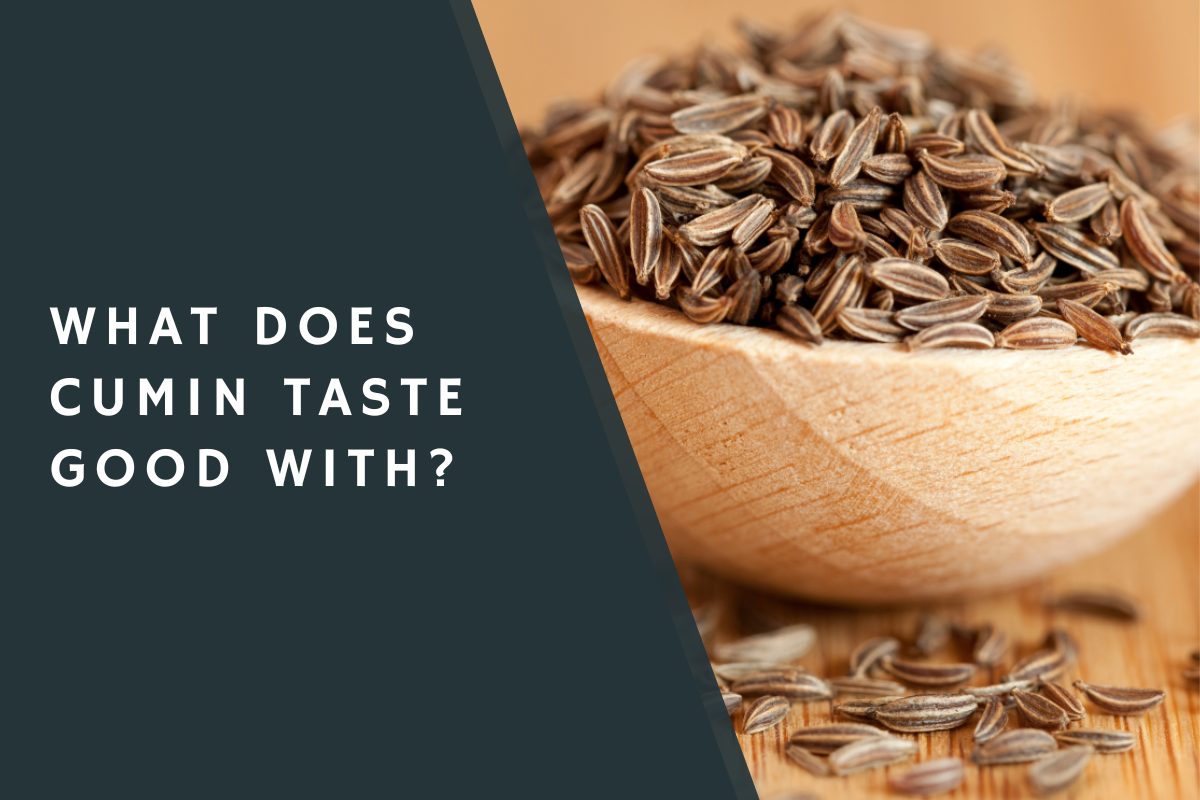Saffron is a spice with a rich history dating back to ancient civilizations. It is derived from the stigma and styles of the Crocus sativus flower and is known for its distinctive golden color and intense flavor.
Saffron is often used in cooking to add depth and complexity to a dish, but does it actually add flavor, or is it just a visual enhancement?
Does Saffron Add Flavor?
Yes, saffron is a spice that adds flavor to a variety of dishes. It has a strong, earthy flavor that can be used to enhance the flavor of many dishes, including meats, stews, and risottos. The intense yellow color that saffron imparts to dishes also adds to the overall flavor.
In this article, we will explore the flavor profile of saffron and its role in various cuisines around the world.

See Also: How to Drink Saffron?
What is the flavor profile of saffron?
Saffron has a unique flavor profile that is often described as floral, sweet, and slightly bitter. It also has a distinctive aroma that is often described as musky or hay-like.
The intensity of saffron’s flavor can vary depending on how it is prepared and used in a recipe. For example, saffron that is steeped in hot water or milk will have a stronger flavor than saffron that is lightly toasted or ground.
Saffron is also known for its ability to enhance the flavor of other ingredients in a dish. When used in small amounts, saffron can bring out the natural sweetness of certain ingredients, such as onions or carrots.
It can also add depth and complexity to savory dishes, such as stews and braises, by adding a subtle bitterness that balances out the richness of the dish.
How is saffron used in cooking?
Saffron is most commonly used in cooking as a spice or seasoning. It is often used to flavor rice dishes, such as paella and biryani, as well as soups, stews, and braises. Saffron is also a popular ingredient in desserts, such as cakes and pastries, and is often used to add a golden color to dishes.
In many cuisines, saffron is used sparingly due to its high cost and intense flavor. A little bit of saffron goes a long way, and it is often used in conjunction with other spices to add depth and complexity to a dish.
For example, saffron is often paired with cumin, coriander, and paprika in Middle Eastern and North African cuisine, and with cardamom, cinnamon, and cloves in Indian and Southeast
Asian cuisine. Saffron is also used in traditional medicine and as a natural dye in various industries.
What is the history of saffron?
Saffron has a long and rich history dating back to ancient civilizations. It is believed to have originated in the eastern Mediterranean and has been cultivated for thousands of years in countries such as Iran, India, and Spain.
In ancient times, saffron was used as a spice, a dye, and a medicine. It was also considered a symbol of wealth and was often used in religious ceremonies and as a gift. Saffron was also used in traditional medicine to treat a variety of ailments, such as depression and insomnia.
Today, saffron is still highly prized for its unique flavor and aroma, and it is considered one of the most expensive spices in the world.
It is grown in a variety of countries, including Iran, which is the world’s largest producer of saffron, followed by India and Spain.
Does saffron add flavor to a dish?
Saffron does add flavor to a dish, but the intensity of its flavor can vary depending on how it is used. When used in small amounts, saffron can add depth and complexity to a dish by enhancing the natural flavors of other ingredients and adding a subtle bitterness.
However, when used in larger amounts, saffron can overpower the flavors of other ingredients and dominate the dish.
It is important to use saffron sparingly and to balance its flavor with other spices and ingredients. For example, pairing saffron with bold flavors, such as garlic or chili, can help to offset its sweetness and bitterness.
Saffron can also be used to add depth and complexity to dishes with more subtle flavors, such as chicken or fish, by enhancing their natural sweetness and bringing out their natural aromas.
Conclusion
In conclusion, saffron does add flavor to a dish and can enhance the natural flavors of other ingredients.
Its unique flavor profile, which is floral, sweet, and slightly bitter, can add depth and complexity to a variety of dishes, from savory stews and braises to sweet cakes and pastries.
However, it is important to use saffron sparingly and to balance its flavor with other spices and ingredients to avoid overpowering a dish.
Saffron is a versatile and flavorful spice that has a rich history and is prized for its unique flavor and aroma.
Read Also: Can Saffron Replace Turmeric?
I am an accomplished tech writer with a passion for simplifying complex technology concepts. With a background in Tech, James has dedicated their career to making the intricacies of the digital world accessible to a broad audience.








